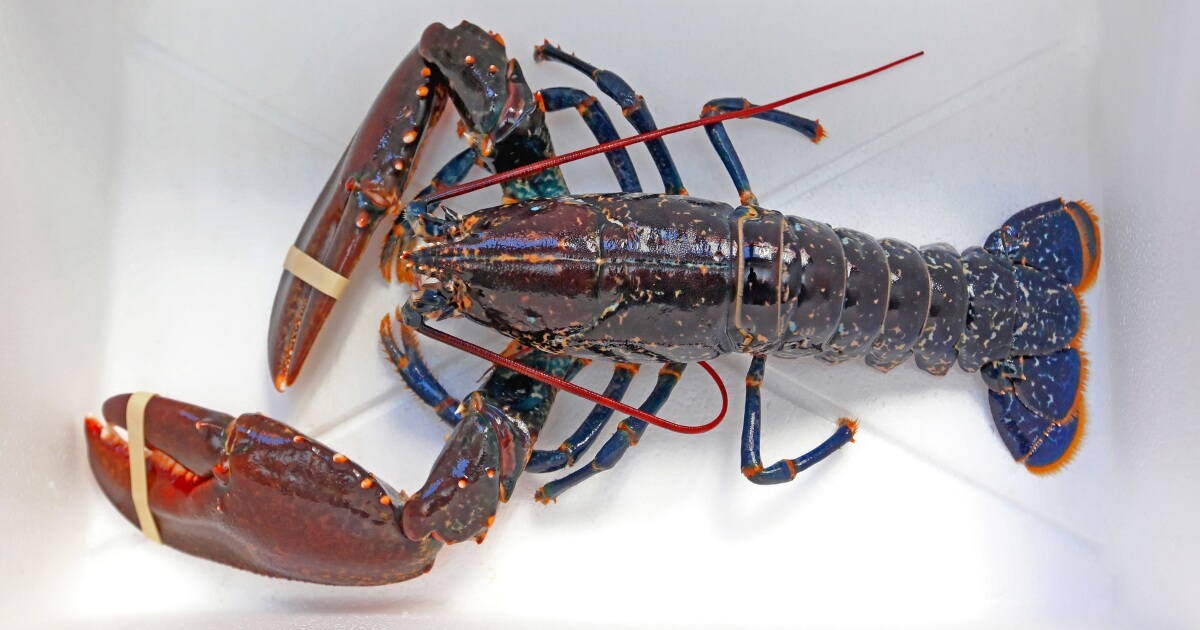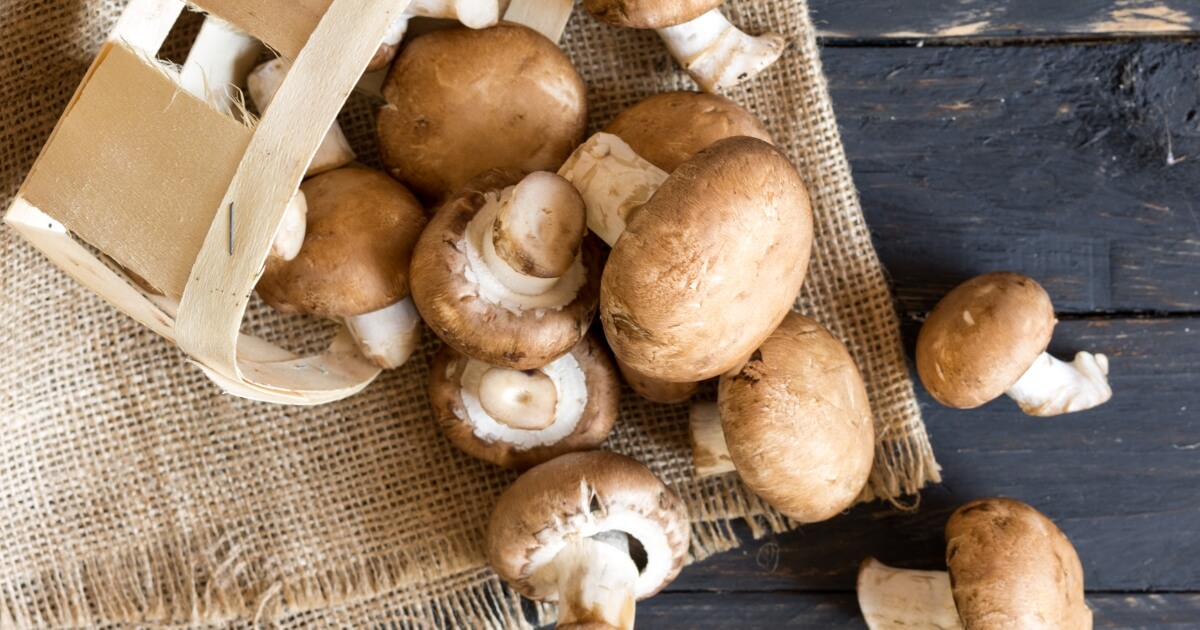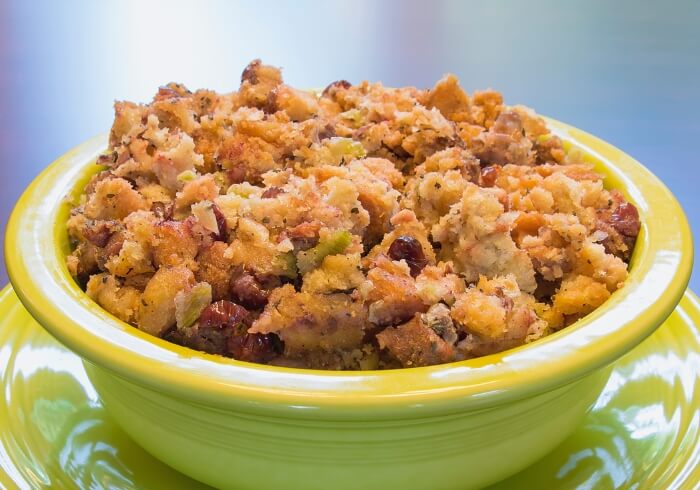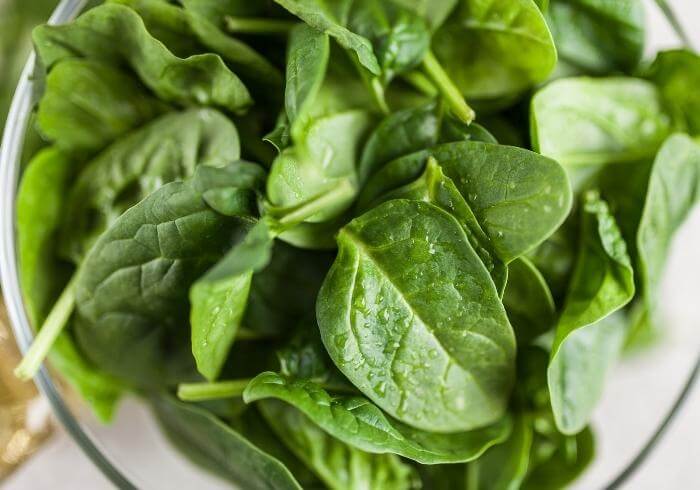In this guide, I’ll teach you how to eat oysters to get the full experience from every shell!
Whether you’re at an oyster bar or enjoying a quiet tray of oysters at home, knowing the best way to eat them properly can turn every bite into a celebration of the sea.
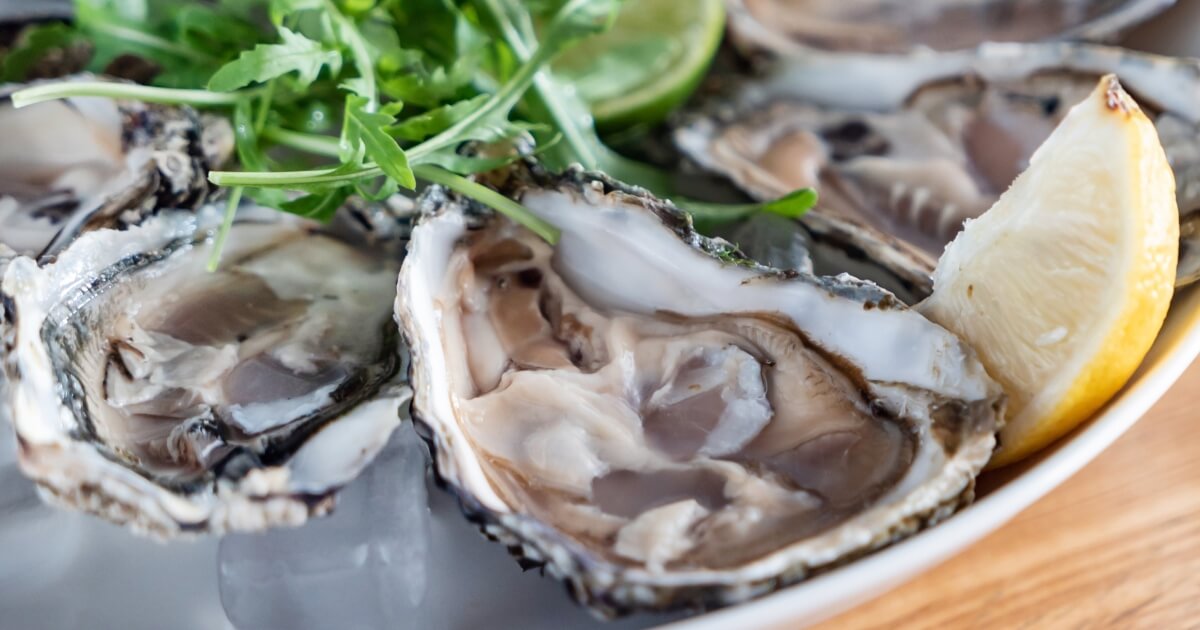
This guide will walk you through choosing the freshest oysters, shucking them like a pro with your trusty oyster knife, and savoring the tasty juices, often called oyster liquor, that make this experience uniquely delightful.
Ready to slurp, chew, and navigate through a tray of oysters? Let’s do this and make sure that your oyster game is as sharp as your shucking knife.
Selecting Fresh Oysters
Spotting Freshness
At the Oyster Bar: Look for oysters on a bed of ice with tightly closed shells. Give them a sniff – they should smell like the ocean breeze, not like a fish market on a hot day. If you’re in doubt, a good oyster bar won’t mind giving you the lowdown on when they were harvested.
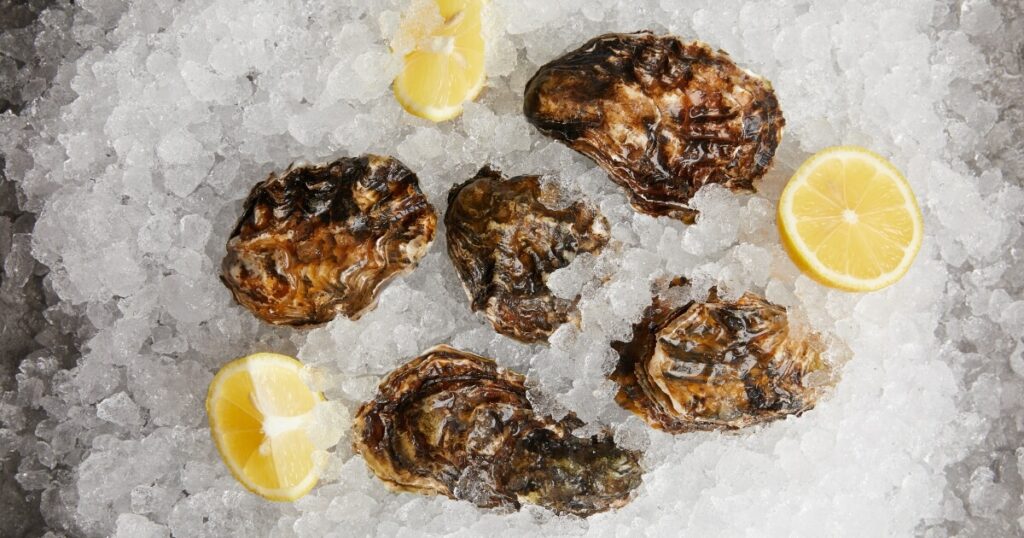
At Home: When you’re the captain of your own ship, check for shells that are closed shut – that’s the oyster’s way of saying, “I’m good to go!” If you tap an oyster and it closes, that’s fresh! If it’s gaping open like it’s trying to tell you something, it’s best to steer clear.
Learn more about how long oysters are good for here.
Oyster Varieties
East Coast vs. West Coast: East Coast oysters are the salty sailors of the bunch, with a briny flavor from the depths of the Atlantic Ocean. West Coast oysters rock a sweeter and more delicate taste.
Types of Oysters: When properly chewed and savored, each type of oyster has its own flavor profile. Blue Points are an all-American classic that highlights a salty taste, while Japanese Kumamotos have a subtle hint of melon and cucumber. And European Belons have a noticeable metallic zing.

Remember, whether you’re picking a selection of oysters for an oyster party or just a quiet night in, it’s all about that freshness and the type of oyster. Get these two things right, and you’re in for a treat!
What You’ll Need
Essential Tools
- Oyster Knife: This isn’t the time for butter knives, folks. Get yourself a sturdy oyster knife that means business.
- Oyster Fork: A tiny seafood fork is perfect for loosening the oyster from its shell.
- Gloves or Towel: Keep those hands safe and grip that shell like you mean it, either with a thick towel or a pair of gloves.
- Baking Sheet: Lay out some crushed ice to keep your oysters fresh and the shells from wobbling and spilling their precious cargo once they’ve been shucked.
My Favorite Condiment Choices
- Lemon Wedges: Lemon juice adds a bright note to the oyster’s oceanic flavor.
- Cocktail Sauce: A little dab will do ya! It’s bold, so let the oyster’s flavor shine through.
- Mignonette Sauce: That’s fancy talk for shallots, cracked pepper, and white wine vinegar.
- Hot Sauce: A single drop can kick things up a notch.
- Pinch of Salt: Sometimes, that’s all you need to highlight the oyster’s natural flavors.
With your toolkit and condiments ready, you’re all set to let those oysters take center stage.
How To Eat Oysters Raw
Shucking Like a Pro
First up, grab that oyster knife and find the hinge. Wiggle the knife in there and twist — pop goes the oyster!
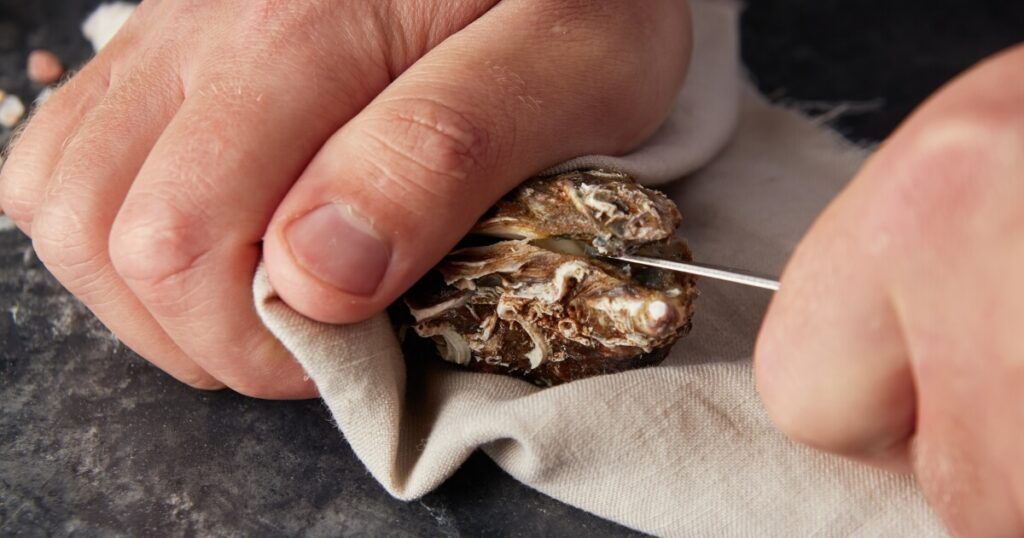
Slide the knife under the top shell, sever the connector muscle, and lift the “lid.” A quick scrape under the oyster, and it’s ready to be devoured. Don’t get discouraged if the first one puts up a fight, it’ll take some practice before you finally get it.
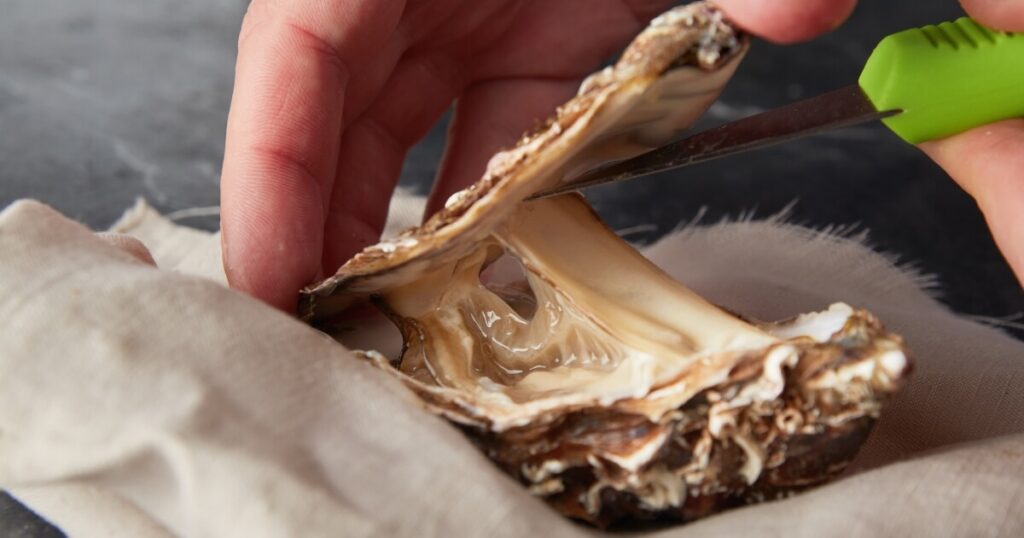
This process can be dangerous, so if you’re uncomfortable, find one of your guests who has done it before to help out.
Learn more on how to open oysters at home here.
To Chew or Not to Chew?
Alright, let’s settle this. Ignore the naysayers who tell you to let it slide down your throat. Tilt that shell, and let the entire oyster and its tasty juices hit your tongue.
Yes, you should chew your oyster. Chewing your oyster unlocks the full spectrum of flavors — the sweetness, the brine, the true essence of the sea.
So, give it a few chews, let the flavor bloom, and savor the moment before swallowing.
That’s raw oyster eating at its finest.
Oyster Etiquette
Use your oyster fork if you must, but it’s perfectly fine to slurp right from the shell and is often encouraged.
Just make sure to tip the shell to get all the tasty juices. And once you’ve enjoyed your oyster, place the shell face down on the tray. It’s the polite way to signal that you’re done.
How To Eat Oysters Cooked
Cooking Methods
Cooked oysters open up a whole new playground of flavors. Grilling them on a hot barbecue? That’ll give you a smoky taste that’s hard to beat. Just pop them on the grill, flat-side up, and wait for them to open.
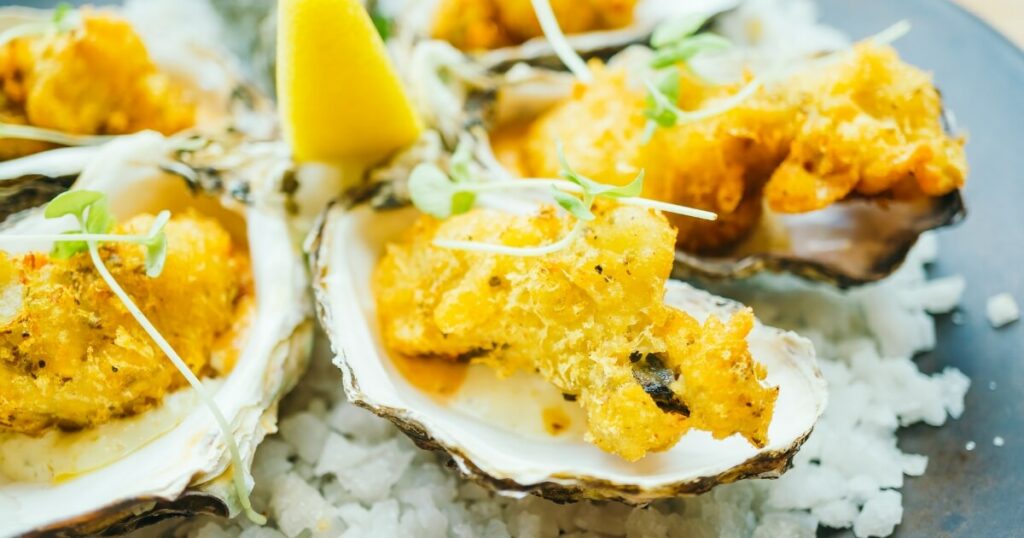
Or maybe you’re in the mood for something crispy? Breaded and fried oysters may entice picky eaters to give them a try. They’re golden and crunchy on the outside yet still tender in the middle. And they’re perfect for light dipping.
And let’s not forget about broiling on the half-shell. Just a quick cook under the broiler with some butter, chives, and herbs, and you’ve got yourself an oyster Rockefeller that would make old John D. proud.
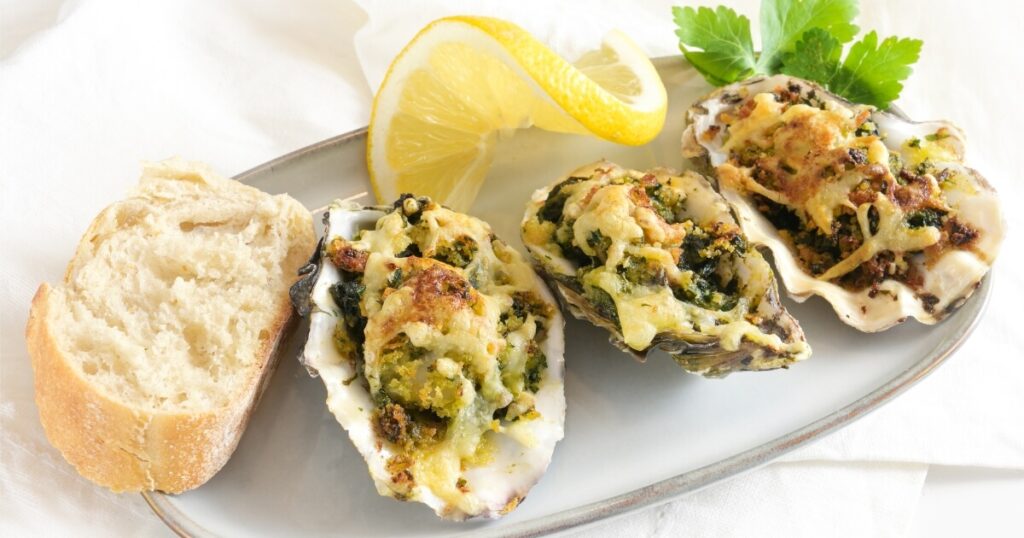
Herbs and Seasonings
A sprinkle of fresh herbs including parsley or a hint of garlic can elevate the oyster without stealing the show. And for those baked or broiled beauties, a touch of Parmesan or a smidgen of paprika can add a warm, savory note.
Remember, whether it’s a dash of something spicy or a sprinkle of something aromatic, the key is to enhance, not mask, that beautiful oyster flavor.
Pairing with Drinks
Wine Pairings
When it comes to oysters, wine is more than a sidekick—it’s part of the experience. A crisp, zesty white wine is the way to go.
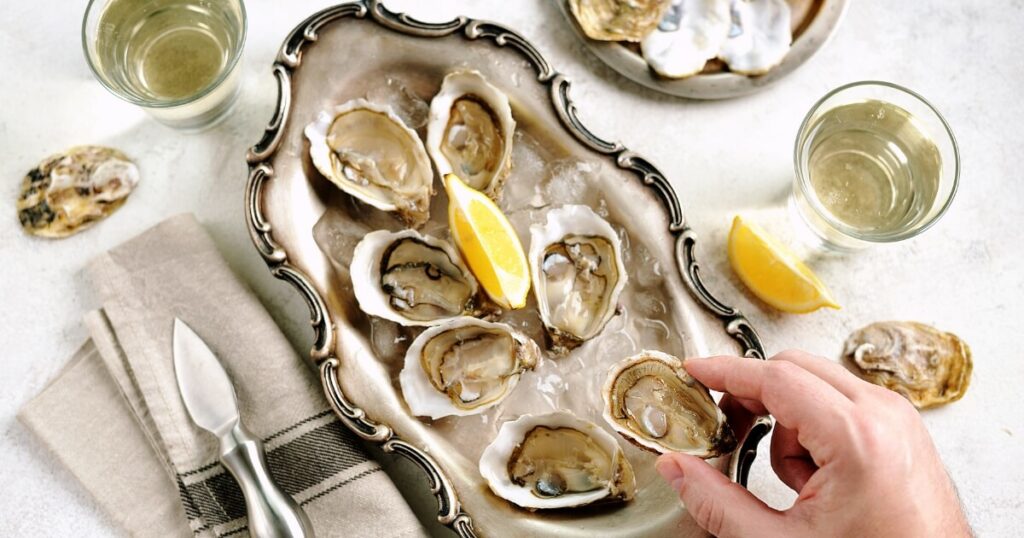
Think Chablis, Sauvignon Blanc, or a sprightly Muscadet. These wines have the acidity to cut through the oyster’s richness and the minerality to echo its briny charm.
And if bubbles are your thing, a glass of Champagne is a no-brainer.
Beer
Not a wine enthusiast? No problem. A cold, crisp beer can be just as delightful. A light Pilsner or a refreshing wheat beer won’t bulldoze over the oyster’s flavor.
Non-Alcoholic
And for those skipping alcohol, a chilled ginger beer or cucumber-infused sparkling water can bring a similar refreshing contrast to the briny bites.
Whatever your drink of choice, the goal is refreshment and balance.
Health And Safety
If you’re new to the oyster game, tread lightly. Shellfish allergies are extremely serious, and oysters are part of the shellfish family. If you know you’re allergic to other shellfish, it’s best to skip the oyster bar.
There is some risk with eating raw oysters. The FDA has a good read that debunks many oyster myths here. Please get familiar with them for your health and safety.
Of course, you should always stick with reputable sources. That means buying from trusted fish markets or dining at establishments known for their shellfish quality.
And always, always keep those oysters cold until it’s time to eat. Room temperature and shellfish are not friends.
Seasonality And Timing
You’ve probably heard the old saying: “Only eat oysters in months with an ‘R.'” But let’s shuck that myth.
When can you eat oysters? Modern refrigeration and aquaculture make it safe to enjoy oysters year-round. The ‘R’ rule came from before these advancements when warm months could spoil unrefrigerated shellfish and lead to health issues.
These days, you can eat oysters whenever the craving hits, although some fans swear that winter yields the plumpest, most flavorful oysters.
As we wrap up, remember eating oysters is more than just following steps. It’s about the experience. And hey, if you are debating the best way to eat an oyster, just smile and say, “The best way is the way that makes you love them the most.”

